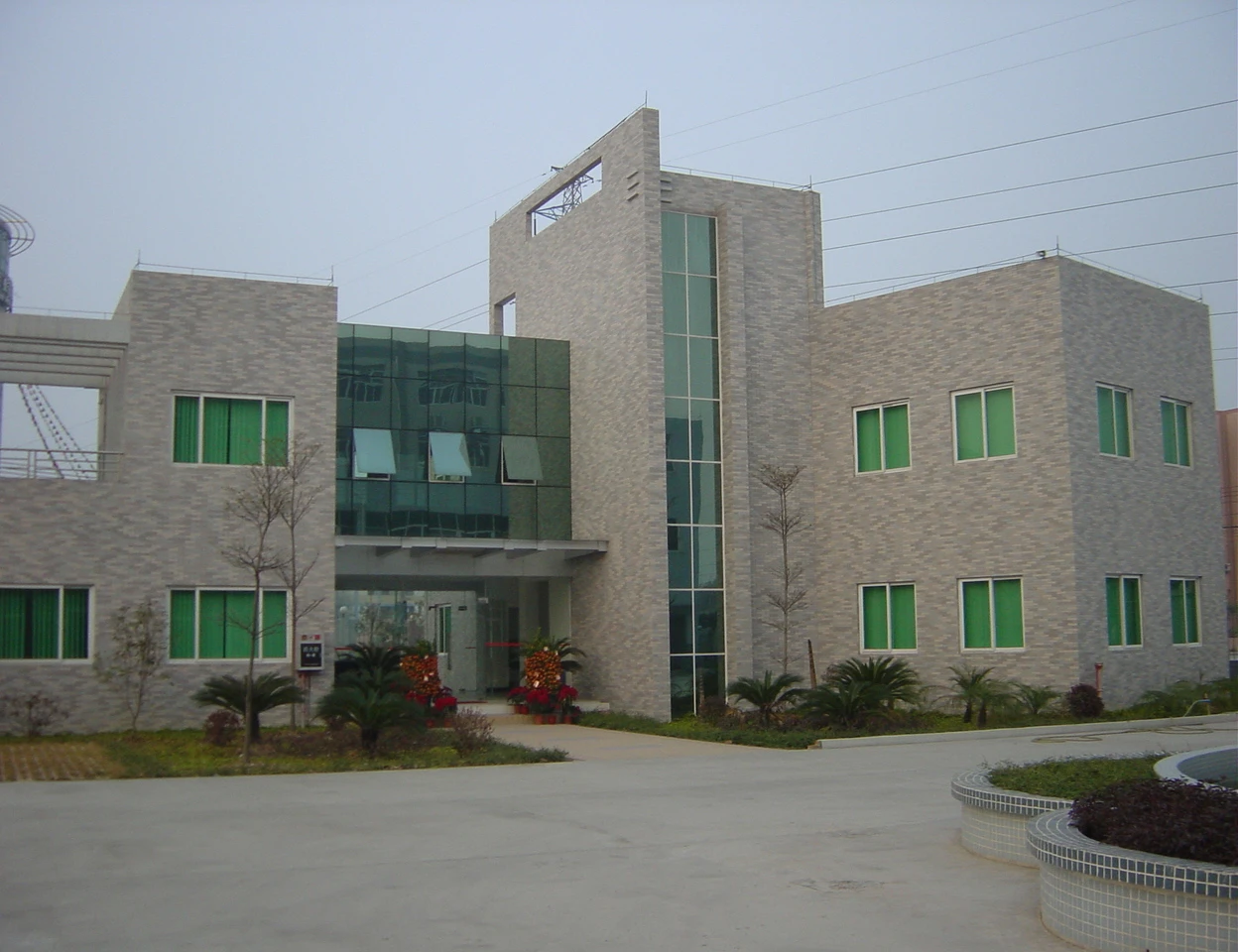



caustic in water treatment
Caustic Soda in Water Treatment An Essential Component
Water treatment is a crucial process that ensures the safety and quality of water delivered to consumers. With increasing concerns over water pollution and the need for effective purification methods, various chemicals are utilized in the treatment process. One of the most significant components in this domain is caustic soda, also known as sodium hydroxide (NaOH). This compound plays a vital role in numerous water treatment applications, helping to regulate pH levels, remove contaminants, and enhance the overall quality of water.
Understanding Caustic Soda
Caustic soda is a highly alkaline substance with a strong tendency to absorb moisture from the air. It is typically produced through the electrolysis of sodium chloride solutions and is available in various forms, including solid pellets, flakes, and concentrated solutions. Its strong alkaline properties make it an effective neutralizing agent for acidic contaminants in water, making it an indispensable tool in many treatment facilities.
pH Regulation
One of the primary uses of caustic soda in water treatment is pH regulation. The pH level of water is critical for both human consumption and the performance of treatment processes. Many natural water sources tend to be acidic due to the presence of organic materials and dissolved gases like carbon dioxide. Caustic soda is employed to raise the pH of water, creating a more alkaline environment. This adjustment is vital for several reasons it helps to reduce the solubility of heavy metals, prevents corrosion in pipes, and enhances the effectiveness of disinfection processes, such as chlorination.
Contaminant Removal
caustic in water treatment

Caustic soda also plays a significant role in removing contaminants from water. In many treatment processes, especially in wastewater management, it is used to precipitate heavy metals and other pollutants. By adjusting the pH of wastewater, caustic soda encourages the formation of insoluble metal hydroxides, which can then be easily removed through sedimentation or filtration. This process not only improves the clarity of water but also minimizes the environmental impact of discharged wastewater.
Supporting Disinfection Efforts
In the context of water treatment, disinfection is a critical step to ensure the elimination of pathogenic microorganisms. Chlorination is one of the most common disinfection methods, but the efficacy of chlorine is pH-dependent. Caustic soda is utilized to maintain an optimal pH range that maximizes the effectiveness of chlorine. When the pH is too low, chlorine exists primarily as hypochlorous acid (HOCl), which is a more potent disinfectant. However, at higher pH levels, it exists as hypochlorite ion (OCl-), which is less effective. By carefully controlling pH with caustic soda, treatment facilities can enhance disinfection outcomes, ensuring that water is safe for consumption.
Environmental Considerations
While caustic soda is an effective treatment chemical, it is important to consider its environmental impact. The production and use of sodium hydroxide can lead to the release of caustic substances into the environment if not managed properly. Treatment facilities must adhere to regulatory standards and implement proper handling practices to mitigate any potential risks associated with its use.
Conclusion
In conclusion, caustic soda is a fundamental component of modern water treatment practices. Its ability to regulate pH, facilitate the removal of contaminants, and support disinfection processes underscores its importance in ensuring the delivery of safe and high-quality water. As the demand for clean water continues to rise, the role of caustic soda in water treatment will remain pivotal, contributing significantly to public health and environmental sustainability. Proper management and innovative applications of caustic soda will undoubtedly shape the future of water treatment methodologies.
-
Why Sodium Persulfate Is Everywhere NowNewsJul.07,2025
-
Why Polyacrylamide Is in High DemandNewsJul.07,2025
-
Understanding Paint Chemicals and Their ApplicationsNewsJul.07,2025
-
Smart Use Of Mining ChemicalsNewsJul.07,2025
-
Practical Uses of Potassium MonopersulfateNewsJul.07,2025
-
Agrochemicals In Real FarmingNewsJul.07,2025
-
Sodium Chlorite Hot UsesNewsJul.01,2025










